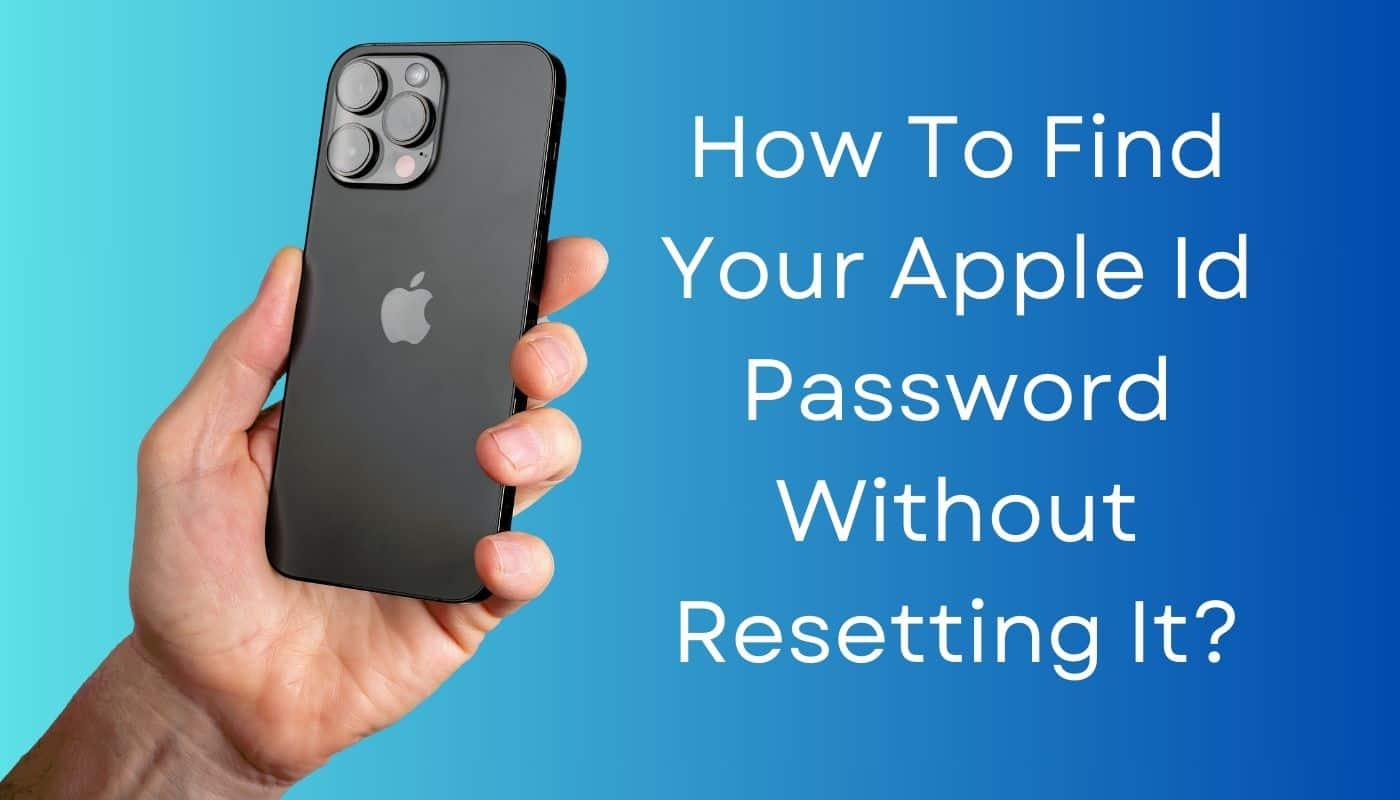WordPress employs a robust password hashing mechanism to ensure user credentials are securely stored. Password hashing is a crucial aspect of web security, preventing attackers from easily compromising user accounts even if they gain access to the database. WordPress leverages the PHP-based Password Hashing API and the powerful Portable PHP Password Hashing Framework to protect user passwords from unauthorized access.
Understanding Password Hashing
Password hashing transforms a plain-text password into an irreversible, encrypted string, making it nearly impossible for hackers to retrieve the original password. Unlike encryption, where data can be decrypted with a key, hashing is a one-way function. This means that stored passwords cannot be reversed into their original form, even by administrators.
How WordPress Hashes Passwords
WordPress utilizes the wp_hash_password() function to create secure password hashes. This function employs the PHPass (Portable PHP password hashing framework), which dynamically chooses the best available hashing algorithm based on the server environment. Over time, WordPress has evolved its password hashing approach to improve security.
1. Generating the Hash
- When a user creates a password, WordPress applies the
wp_hash_password()function. - PHPass selects the bcrypt algorithm, which includes a cost factor that makes brute-force attacks significantly harder.
- The generated hash is then stored in the WordPress database under the
wp_userstable, specifically in theuser_passcolumn.
2. Verifying the Password
- When a user logs in, the password entered is hashed using
wp_check_password(). - This function compares the newly hashed password against the stored hash to determine if they match.
- If a match is found, the user is granted access; otherwise, login fails.
Why WordPress Uses PHPass
WordPress relies on PHPass because it provides flexibility in selecting secure hashing mechanisms. The framework ensures passwords are hashed using a computationally expensive method that limits the effectiveness of brute force attacks. Additionally, PHPass incorporates a salt—random data added to each password to prevent attackers from using precomputed hash lists (rainbow tables).
Improvements Over Time
In earlier versions, WordPress used weaker hashing methods such as MD5, which proved inadequate in preventing modern password cracking techniques. However, WordPress now incorporates bcrypt when available, providing stronger security. Future versions may upgrade to even more advanced hashing algorithms like Argon2, depending on evolving best practices.
How to Improve WordPress Password Security
Although WordPress offers solid password hashing security, additional measures can further protect user credentials:
- Use Strong Passwords: Encourage users to create complex passwords with letters, numbers, and symbols.
- Enable Two-Factor Authentication: Use plugins to require a second authentication step beyond just a password.
- Keep WordPress Updated: Always update WordPress to benefit from the latest security enhancements.
- Limit Login Attempts: Prevent brute force attacks by restricting the number of incorrect login tries.
Frequently Asked Questions
1. Can an admin see my password in WordPress?
No, passwords are stored in a hashed format, and even administrators cannot retrieve the original passwords.
2. What happens if a hacker gets access to the database?
If an attacker gains access to the database, they will only see hashed passwords. However, weak passwords might still be vulnerable to brute-force attempts.
3. Does WordPress ever store plain-text passwords?
No, WordPress never stores plain-text passwords. All passwords are hashed before storage.
4. What is the difference between hashing and encryption?
Hashing is a one-way process where data cannot be converted back to its original form. Encryption, on the other hand, can be reversed using a key.
5. Can I change WordPress’s password hashing method?
Yes, advanced users can modify WordPress to use alternative hashing algorithms, but this requires coding expertise and careful implementation.
6. How can I reset a WordPress user password?
Users can reset their password via the WordPress login screen, using the “Forgot Password” option, or by manually changing it in the database.
Understanding how WordPress hashes passwords is crucial for securing user data. By implementing best practices such as strong passwords, two-factor authentication, and keeping the system updated, website owners can further enhance security and safeguard user accounts.
- Top 8 Emerging DeFi Compliance & AML Tools Compliance Officers Use to Screen On-Chain Activity Without Full Enterprise Spend - December 13, 2025
- How to Get Facebook Messenger Working Again When It Keeps Closing on Launch — The Fix That Restored Chat Access - December 12, 2025
- Why TikTok Notifications Stop Working After App Update and the Reset That Reactivated Alerts for Creators - December 12, 2025
